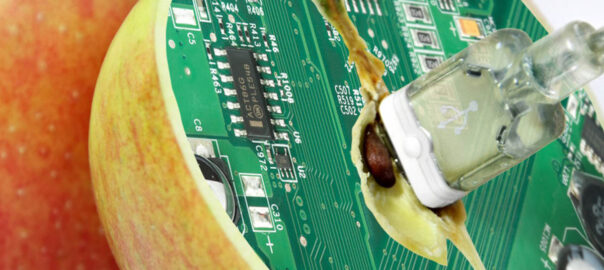Joar Nilssen is StartLife’s startup analyst. He is responsible for scouting and analyzing agtech and biotech startups. Each year, he meets hundreds of innovative startups and quickly discovers changing patterns and movements in the agrifood markets. Today, Joar shares what he is observing in the current agrifoodtech startup climate.
Global trends
Admittedly, enough pieces have been written on the impact of corona. Nevertheless, it is undeniable that the Covid-19 crisis is currently the most important factor influencing the startup ecosystem. On a macro scale, there has been an increased focus on national production, as the weaknesses of globalization have been exposed.
As is often the case in times of crisis, there are industries that are decimated, while others thrive in the chaos. We have all seen how online platforms, such as video software providers and food delivery services, were among the foremost beneficiaries, while the catering industry and events sector grinded to a halt.
As a secondary effect, there have been more social enterprises regarding meal-sharing and helping-hand initiatives. The trend of digitization had already permeated the agricultural sector in recent years, accelerating the transition towards a more data-driven approach.
The era of data science
In recent years, there has been an increased focus on data-driven agriculture and smart farming. Developments in the field of data science have found their way into the greenhouse and onto the field, promising us a revolution in farming. Autonomous robots armed with high-end sensors are set to replace manual labor while analysis of the data gathered gives the farmer insights and predictions, replacing the age-old ‘fingerspitzengefühl’ with cold calculating data.
Up until now, this promise has been only partly fulfilled. While sensors and subsequent data analysis have been widely accepted, initiatives for autonomous harvesting in greenhouses and vertical farming of crops other than leafy greens still need to find their market fit.
Additionally, the advancements in data science powered the development of discovery platforms. These platforms rely on the combination of increased computational power and input of large datasets to identify interesting targets. As more and more of the commonly used crop protection agents are banned or restricted due to environmental concerns, the discovery of molecules with antimicrobial properties could fill the void in the market.
Similarly, the discovery of genetic targets that can result in crop species resistant to pests and disease could be a solution to the enormous crop loss caused by the likes of Fusarium, at least in markets that allow the introduction of genetically modified (GM) traits.
Challenges
Although it seems inevitable that farms will be increasingly digitized, more time is needed to get a clear image of the most useful applications. The boom of startup initiatives in this domain comes with its own challenges. The terms artificial intelligence (AI), machine learning (ML), deep learning (DL) and neural networks are frequently bandied about, and communication is focused on the technological aspects.
For farmers, it might be hard to judge from the outset what the true added value is and how different these companies are from each other. Therefore, it is important for entrepreneurs to be able to clearly relay the business case and unique selling point of their product. Since solutions using self-learning and big data sets need time to provide the most value, clients should be made aware of the current added value and the potential value the solution could add in the future.
Additionally, the question surrounding the ownership of the data should be taken into account, as this is a topic that is both sensitive and controversial. Data driven models work optimally if they are fed high quality data, but users might be hesitant to share their (meta) data if they are concerned that the data might end up with competitors. Startups in this field need to make sure that they have clear answers to these questions if they want to conquer the market and compete with big established businesses.
A shift in the climate
The mounting problems surrounding climate change and the adverse effect of intensive agriculture have given rise to a trend different from the digitization of the farm; regenerative agriculture. The principal behind regenerative agriculture is simple: ensuring the long-term conservation of the (top)soil, promoting biodiversity and strengthening the resilience against climate change. While there are examples of smaller farms that successfully manage these practices, larger farms struggle to fully embody the philosophy but resort to “no-till” practices and “strip farming”.
Impact-driven investments
The global sustainability challenges in the food system have also entered the business arena. We see how more and more investors and corporates are rapidly shifting to impact-first investments. One of the first questions corporates and investors are prone to ask these days is how your agrifood startup contributes to sustainability goals. If the answer is little to none, don’t expect a follow-up; that is of course if you’ve even managed to set up a meeting in the first place.
At StartLife we have seen the above-mentioned trends being reflected in the application process for our accelerate program, with more and more startups focusing on data, sustainable and impact-driven business. The big question remains, what’s next?
What’s next?
If 2020 has taught us anything, it is that it is hard to predict the future. As the vaccine programs worldwide are being rolled out, the estimations are optimistic for 2021. However, it is unlikely that startups will be drawn towards the sectors that are currently paralyzed, especially since some might have switched to different sectors or shut down their business indefinitely. In contrast, the increasing digitization of the farm seems to be unstoppable.
It will be interesting to closely watch these trends go forward and to see to what degree the trend towards more sustainable, circular agriculture can be unified with the increasing focus on national production.
